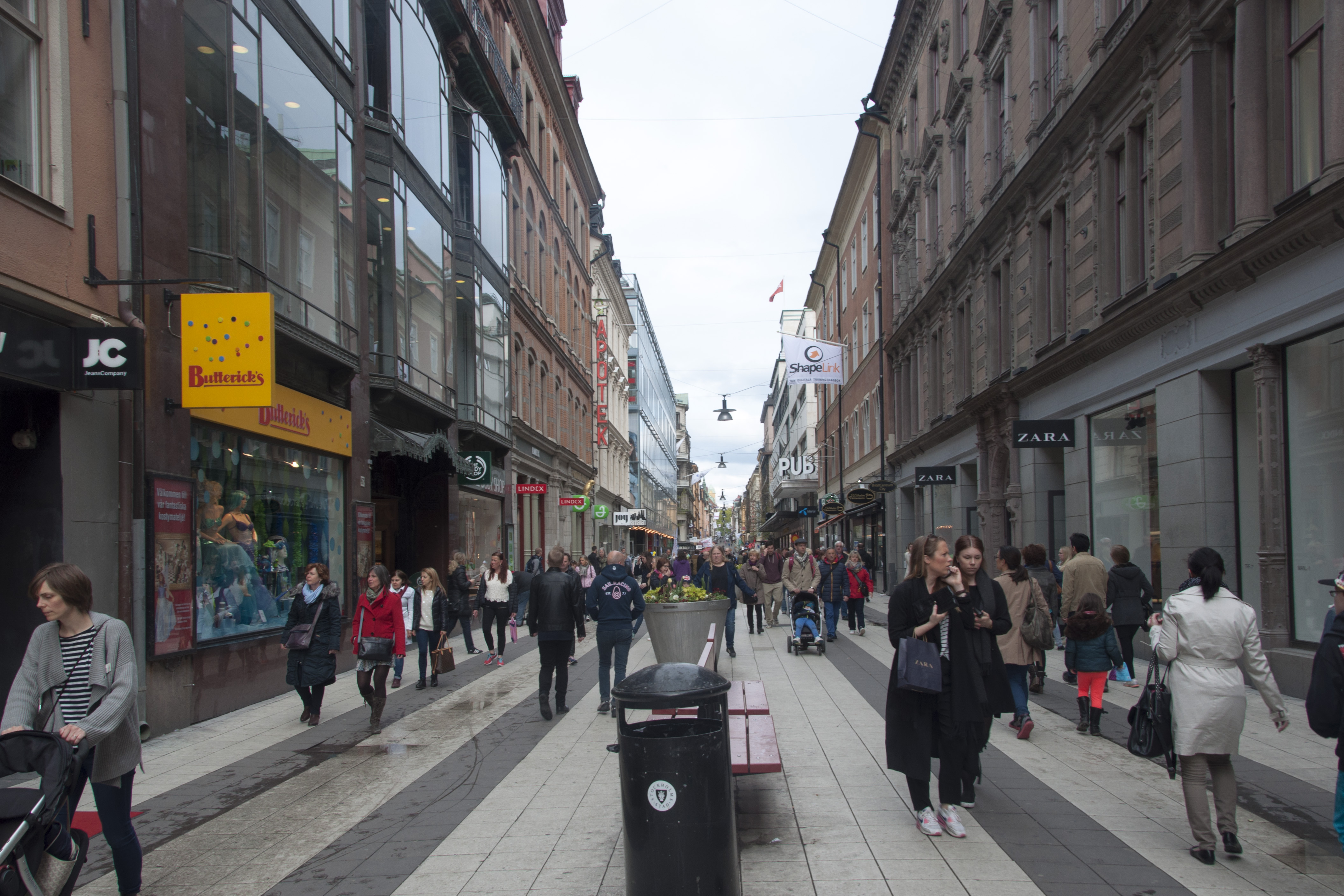SEB housing price indicator measures the difference between those who believe that prices will rise and those who expect their fall. When it collapsed for the first time in last month the, the era of the steady growth of the housing bubble in Stockholm began to come to an end.
Now it seems that the "hard data" coincides with "soft data", as house prices in the Scandinavian country showed their first decline since the spring of 2012, by 0.2% on a monthly basis and 2.9% on an annualized basis.
The real estate market in the largest Scandinavian economy is rapidly falling after many years of price increases, which were mainly caused by housing shortages and ultra-low interest rates. The supply is currently outstripping demand, and stricter mortgage rules and growing fears among households are lowering prices. First of all, the drop is observed in the sphere of elite housing in Stockholm.
According to Maklarstatistik’s indicators, apartment prices fell 3% in November, in addition to a fall of 1% in October. Monthly housing prices fell by 1%, remaining unchanged in October. Prices for apartments in Stockholm fell by 3% per month and decreased by 4% compared to the previous year, the first such decline in almost six years.
Worse, the downturn in Stockholm is the most dramatic, as apartment prices are down 4.2% sequentially, the sharpest drop since October 2008 and 6.0% compared to the same period last year - the highest since June 2009.
Not surprisingly, the sudden price collapse is intensifying the panic, as sellers try to cope with the explosion of the bubble. This strategy works perfectly, because nothing like a massive stream of even greater supply helps you to deal with excess in the market.
"Higher supply volumes will cause customers to have more options and more time to complete the purchase. Therefore, sellers are beginning to adjust their prices in the light of more severe competition, which reduces prices, "- said Hans Flink of Maklarstatistik.
Fortunately, Bloomberg was able to find at least one economist who unearthed some of the "very encouraging" signs among the crash. Andreas Wallstrom, an economist at Nordea Bank AB in Stockholm, said that the data from the Booli property website "have been very encouraging" over the last few weeks, as they show that prices have stabilized from mid-November to the first week of December. According to him, the average prices per square meter even rose somewhat in Stockholm and in the country as a whole.
"Our preliminary forecast for December is that housing prices will remain unchanged from November. In general, we forecast relatively stable prices for housing. To see a steady decline in prices, it is likely that changes in the cost of households will be required. While mortgage rates remain low, it is difficult to expect a noticeable decline," Wallstrom said.
One can recall some analysts of Bear Stearns, who in 2008 saw similar "pretty encouraging" signs in the US housing market.
source: bloomberg.com
Now it seems that the "hard data" coincides with "soft data", as house prices in the Scandinavian country showed their first decline since the spring of 2012, by 0.2% on a monthly basis and 2.9% on an annualized basis.
The real estate market in the largest Scandinavian economy is rapidly falling after many years of price increases, which were mainly caused by housing shortages and ultra-low interest rates. The supply is currently outstripping demand, and stricter mortgage rules and growing fears among households are lowering prices. First of all, the drop is observed in the sphere of elite housing in Stockholm.
According to Maklarstatistik’s indicators, apartment prices fell 3% in November, in addition to a fall of 1% in October. Monthly housing prices fell by 1%, remaining unchanged in October. Prices for apartments in Stockholm fell by 3% per month and decreased by 4% compared to the previous year, the first such decline in almost six years.
Worse, the downturn in Stockholm is the most dramatic, as apartment prices are down 4.2% sequentially, the sharpest drop since October 2008 and 6.0% compared to the same period last year - the highest since June 2009.
Not surprisingly, the sudden price collapse is intensifying the panic, as sellers try to cope with the explosion of the bubble. This strategy works perfectly, because nothing like a massive stream of even greater supply helps you to deal with excess in the market.
"Higher supply volumes will cause customers to have more options and more time to complete the purchase. Therefore, sellers are beginning to adjust their prices in the light of more severe competition, which reduces prices, "- said Hans Flink of Maklarstatistik.
Fortunately, Bloomberg was able to find at least one economist who unearthed some of the "very encouraging" signs among the crash. Andreas Wallstrom, an economist at Nordea Bank AB in Stockholm, said that the data from the Booli property website "have been very encouraging" over the last few weeks, as they show that prices have stabilized from mid-November to the first week of December. According to him, the average prices per square meter even rose somewhat in Stockholm and in the country as a whole.
"Our preliminary forecast for December is that housing prices will remain unchanged from November. In general, we forecast relatively stable prices for housing. To see a steady decline in prices, it is likely that changes in the cost of households will be required. While mortgage rates remain low, it is difficult to expect a noticeable decline," Wallstrom said.
One can recall some analysts of Bear Stearns, who in 2008 saw similar "pretty encouraging" signs in the US housing market.
source: bloomberg.com





